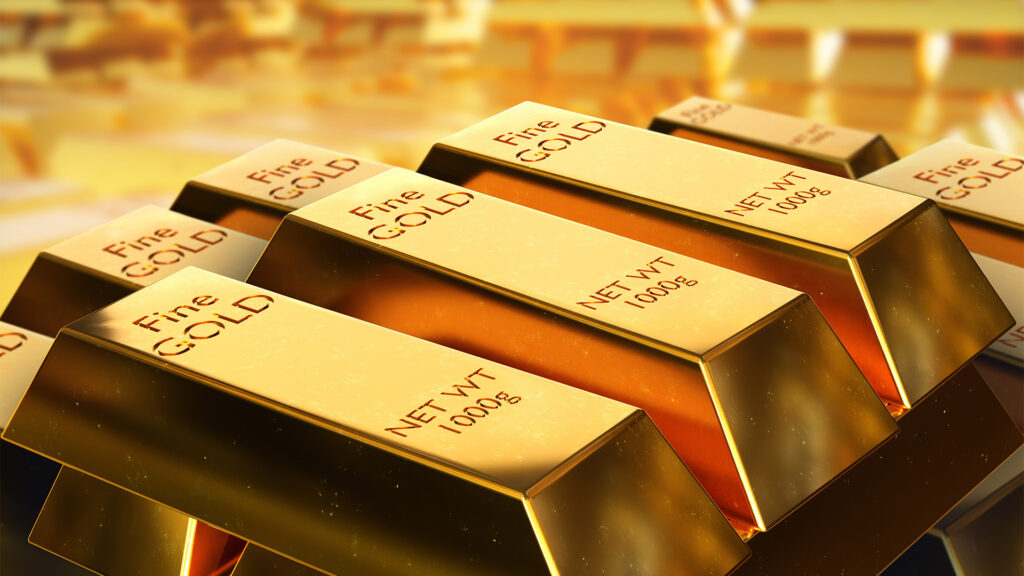Over the past year, the price of gold has experienced something unusual. It has reached record highs, seemingly disconnected from traditional influencers like interest rates, inflation, and the dollar. Even more striking is its steady ascent, which stands in contrast to the volatility of major geopolitical events.
Gold’s status as a “safe-haven” asset has evolved, reflecting deeper behavioral shifts among countries like China and other “middle powers.” This trend extends beyond economic or political realms; it signals a broader global movement that Western nations should closely monitor.
In the last 12 months, the price of gold surged from $1,947 to $2,715 per ounce, representing nearly a 40% increase. What’s remarkable is the consistent upward trend, even amid shifting policy rates, volatile U.S. Treasury yields, declining inflation, and fluctuating currencies. Any price dips have been met with eager buying, indicating that more than just market forces are at play.
Some may see this gold rally as part of a broader rise in asset prices, with the U.S. S&P 500 index also gaining 35% over the past year. However, this correlation is unusual and likely points to deeper underlying factors. While ongoing military conflicts have added to global uncertainty, gold’s steady rise suggests something more profound is driving demand.
A key factor behind gold’s strength is the consistent purchasing by foreign central banks. This trend isn’t merely about diversifying reserves away from the U.S. dollar, despite America’s economic resilience. It also reflects an increasing interest in alternatives to the dollar-based international payments system, a cornerstone of global trade for 80 years.
The reasons for this shift often involve a growing loss of confidence in America’s leadership of the global order. Two specific developments stand out: the U.S.’s increasing use of trade tariffs and investment sanctions as geopolitical tools, and its declining commitment to the cooperative, rules-based multilateral system it helped establish after World War II.
Additionally, many observers point to Russia’s ability to sustain trade and grow its economy despite being cut off from SWIFT, the international payment system, in 2022. Russia’s creation of a makeshift trade and payment network with a few other countries has allowed it to circumvent the dollar, albeit inefficiently.
Moreover, the ongoing conflict in the Middle East has led to perceptions of inconsistency in the U.S.’s stance on human rights and international law. The U.S.’s protection of its key ally from international consequences has intensified this view, prompting broader questions about the country’s role on the global stage.
What is unfolding here is not just a challenge to the dollar’s dominance, but also a gradual evolution in the global system. While no other currency or payment system is poised to replace the dollar, alternative pathways are being explored. More countries are seeking ways to bypass the traditional dollar-based system, contributing to gold’s rising value.
This shift in gold’s price reflects more than just economic trends; it signifies a growing fragmentation of the global financial system, with significant implications for the U.S. If this trend continues, it could undermine the U.S.’s ability to influence global outcomes and pose a threat to its national security. Western governments need to take this trend seriously, as there is still time to address it, but that window may be closing faster than anticipated.

